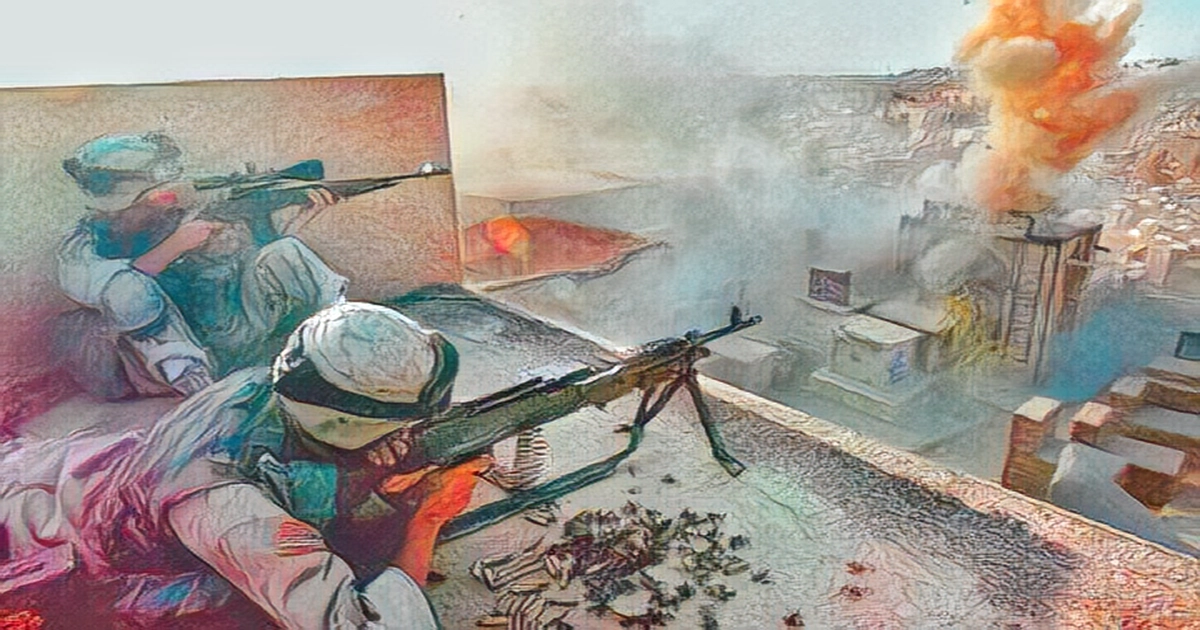
The explosions on the first night, which lit up the sky as they burned through buildings, were the earliest explosions of the yearslong war to come. For the thousands of days and nights that followed, eruptions across Iraq came from warplanes and cannons, grenade launchers and mines, machine guns, pistols and handmade bombs. What had started with the United States aerial attack and invasion to topple Saddam Hussein, became an occupation, a war against an insurgency, and then a sectarian civil war. Militias fought one another, divided by lines of ethnicity and faith, and fought American forces in turn, long after Mr. Hussein s capture and the United States gave up its fruitless search for weapons of mass destruction. As the factions changed and the missions changed, explosions tore up more sidewalks, more storefronts, more city blocks were seen across much of Iraq. Fortified zones were carved out of cities, prison camps and strongholds out of towns. The neighborhoods were graveyards, and they also house tombs. Generations grew up talking of soldiers and insurgents, roadside bombs, traumatic injuries, medics, mourners, protesters, detainees.
After years of violence that transformed Iraq and piled grief, American forces did not leave until almost nine years after the invasion began. Only a few years later, American troops were back, this time to help fight the Islamic State, an enemy that had grown out of Iraq's civil war, and the losses were mounting again. From the first night of the bombing to the official American withdrawal, photographers with The New York Times and other news organizations chronicled the ordeal of the war. A heavily guarded compound, close to Iraq's Ministry of Foreign Affairs along the Tigris River in Baghdad, was burned after the beginning of the Pentagon's shock and awe bombing campaign on March 20, in the opening salvo of the war.
